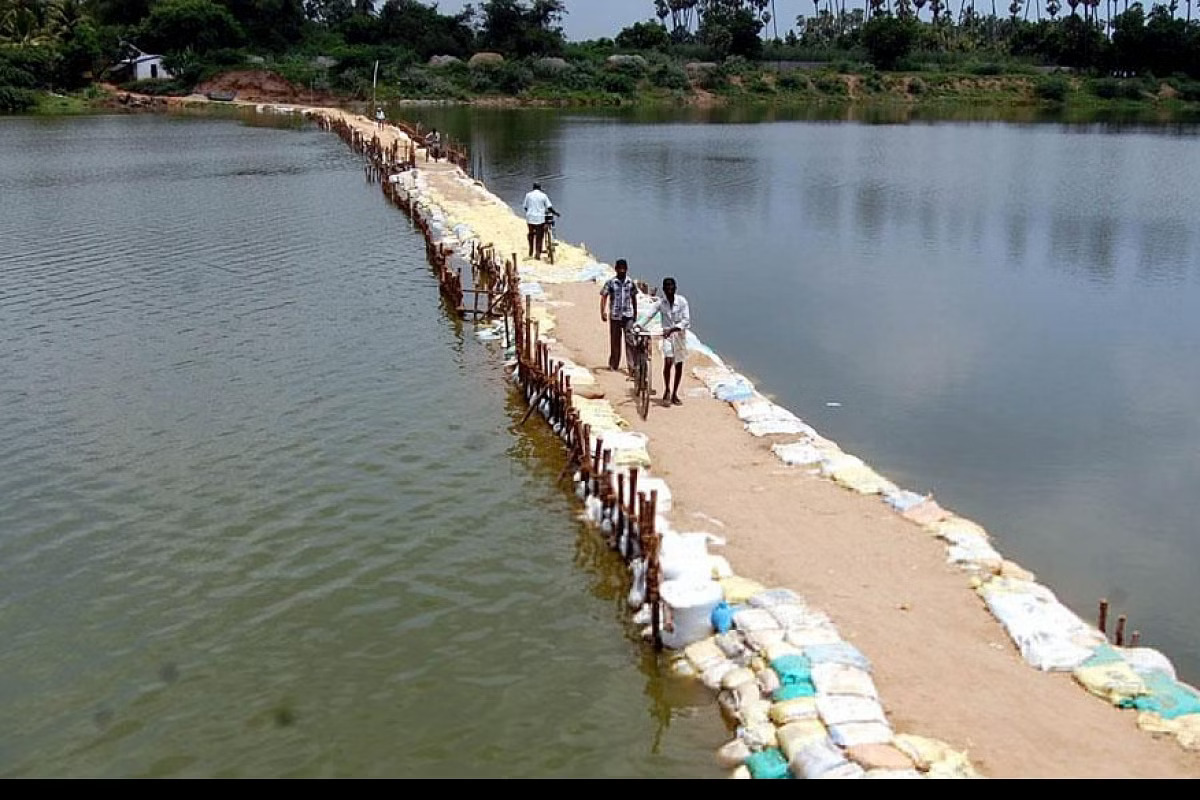The Cauvery River, often referred to as the “Ganga of the South,” has been a source of life and livelihood for the southern Indian states of Karnataka and Tamil Nadu for centuries. However, this majestic river has also been at the center of a long-standing and contentious dispute between these two states. The Cauvery water dispute is a complex issue that encompasses historical, political, and environmental dimensions, making it a challenge to resolve. In this article, we will delve into the roots of the conflict, the key issues involved, and the various attempts made to find a solution.
Historical Context
The origins of the Cauvery water dispute can be traced back to the British colonial era when the princely state of Mysore (now Karnataka) and the Madras Presidency (now Tamil Nadu) were under British rule. The British administration formulated agreements to allocate the river’s waters between the two regions. The most significant among these agreements were the 1892 and 1924 agreements, which established the framework for sharing Cauvery waters. However, these agreements have been a point of contention ever since, with both states interpreting them in their favor.
Key Issues
1. Water Availability:
The primary bone of contention is the availability of Cauvery water. Karnataka claims that it does not receive its fair share of water, given its growing agricultural and industrial demands. On the other hand, Tamil Nadu argues that it is entitled to a specific quantity of water as per the historical agreements to support its agriculture, especially in the delta region.
2. Agricultural Dependency:
Both states have a significant dependence on agriculture, and Cauvery water is crucial for irrigating their farmlands. Karnataka’s farmers rely on the river to cultivate crops like rice, sugarcane, and cotton, while Tamil Nadu’s farmers depend heavily on the river for the cultivation of paddy and other crops.
3. Drought and Monsoon Variability:
The Cauvery basin witnesses variations in rainfall patterns, leading to periods of drought and excess rainfall. These fluctuations create challenges in managing water resources and often intensify the disputes.
4. Political Factor:
The Cauvery issue has been exploited by political parties in both states, making it a volatile political subject. Politicians often use the dispute to garner support among their constituencies, which further complicates efforts to find a resolution.
Attempts at Resolution
1. The Cauvery Water Disputes Tribunal:
In 1990, the Indian government established the Cauvery Water Disputes Tribunal (CWDT) to adjudicate the matter. The CWDT delivered its final award in 2007, which allocated a specific share of water to each state in a monthly schedule. While this award sought to address the concerns of both states, it was met with mixed reactions and legal challenges.
2. Supreme Court Interventions:
The dispute reached the Supreme Court of India, which played a significant role in the dispute resolution process. The court issued several interim orders and directives to ensure that both states received their allocated shares of water.
3. Bilateral Talks:
Despite legal interventions, the issue could not be completely resolved. However, both states have engaged in bilateral talks at various points to find an amicable solution. These negotiations have yielded some short-term agreements but have not provided a long-lasting solution.
4. The Cauvery Management Board:
To oversee the distribution of Cauvery waters, the Supreme Court directed the formation of the Cauvery Management Board (CMB) in 2018. The CMB has the authority to regulate water releases from Karnataka’s reservoirs to ensure that Tamil Nadu receives its due share.
The Cauvery River dispute between Karnataka and Tamil Nadu remains a sensitive issue that has persisted for over a century. Despite numerous attempts to find a lasting solution, the problem is far from resolved. The dispute is characterized by historical complexities, competing interests, and political considerations that continue to impede the path to reconciliation.
Efforts to address the issue must prioritize the sustainable and equitable use of the Cauvery’s waters, considering the needs of both states and the ecological health of the river. It is essential for both Karnataka and Tamil Nadu to come to a consensus through dialogue and negotiations, keeping in mind the greater good of the people and the environment. Only then can this protracted dispute be laid to rest and the Cauvery River continue to flow as a source of life and prosperity for all.



